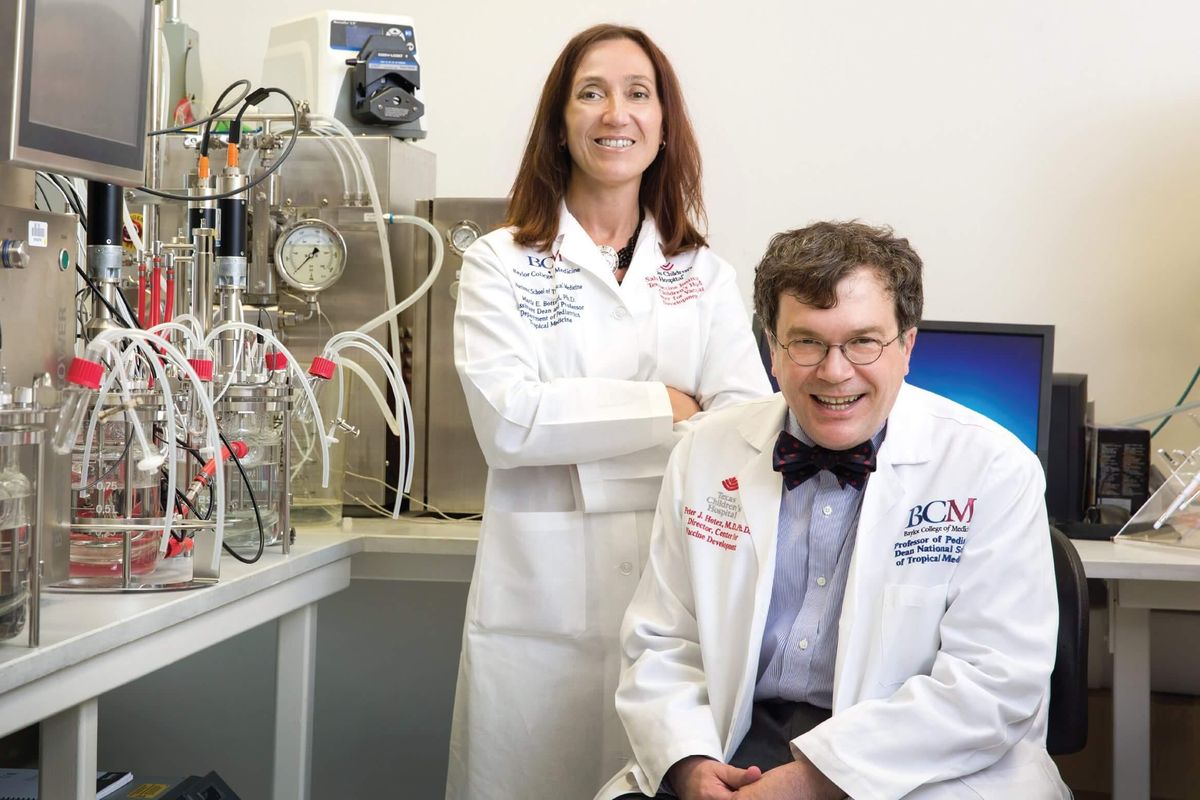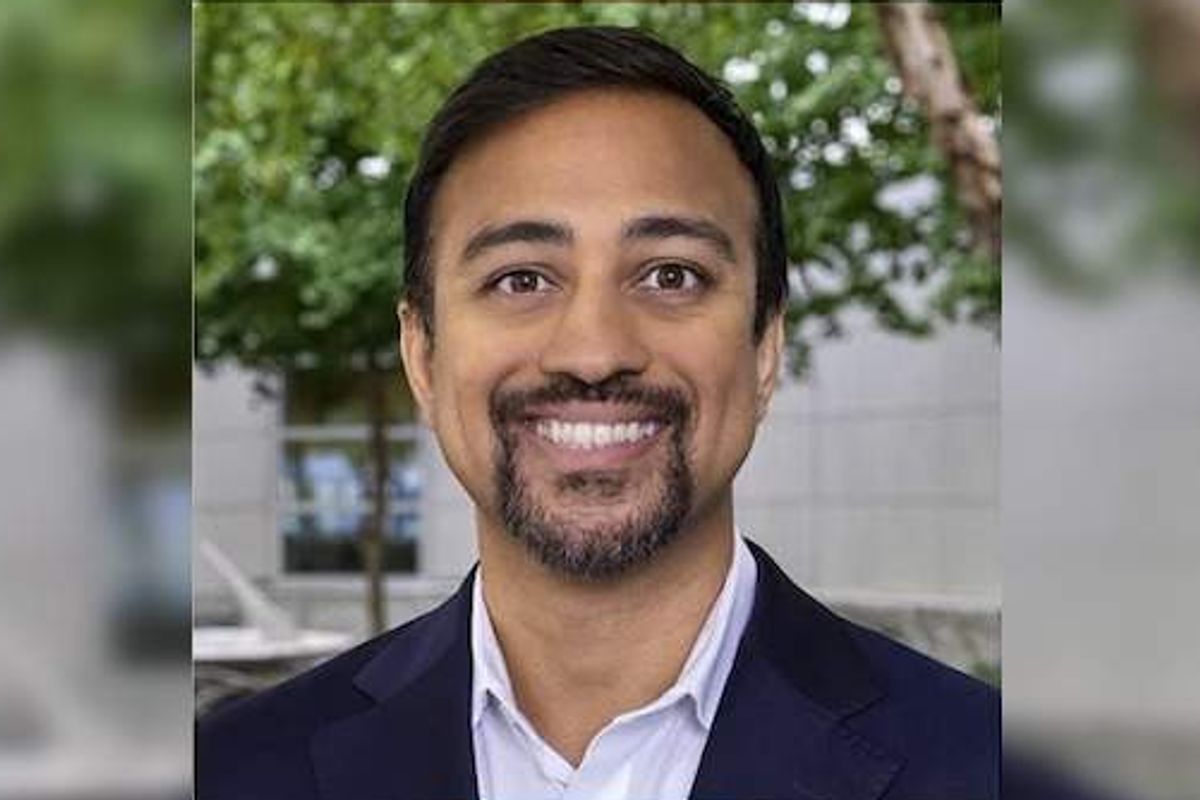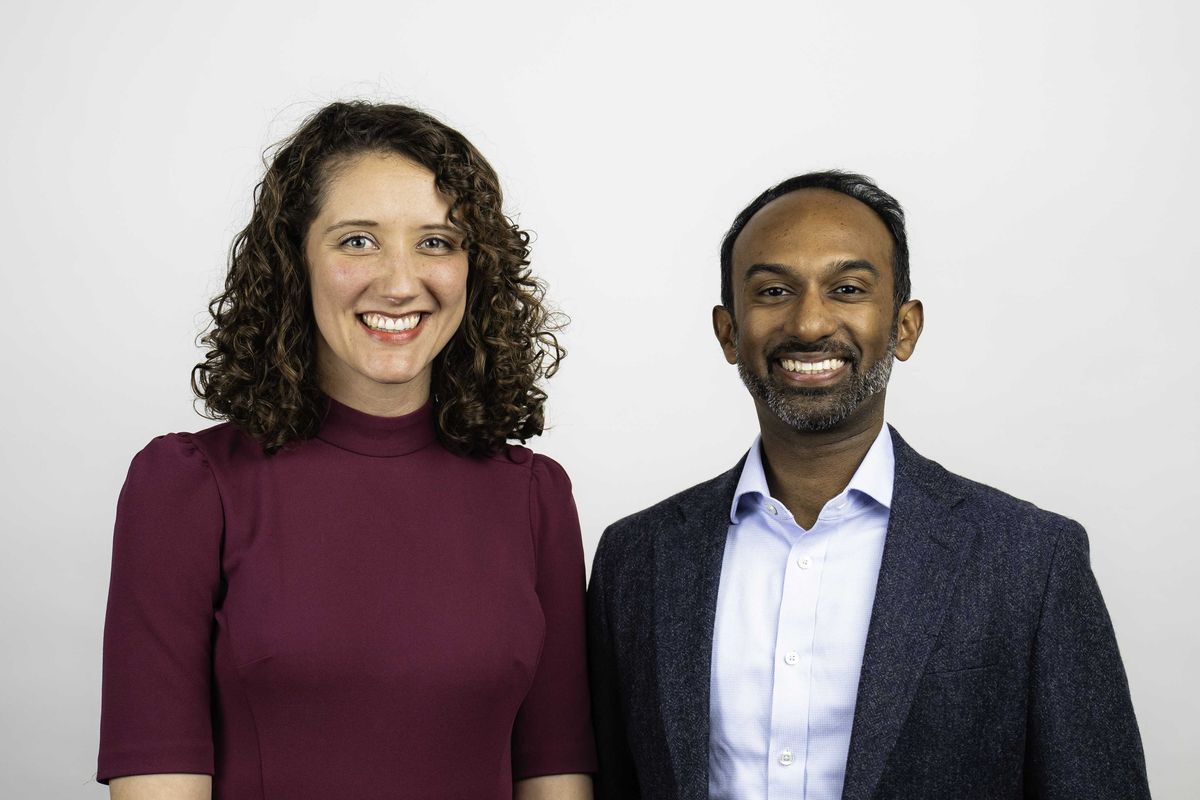Houston apartment company on 6 smart home technologies for renters
guest column
With recent changes to the ways we work and live, the importance of smart home technology in apartment complexes is becoming more important than ever. Residents not only want to streamline their lifestyles, but are looking for ways to limit contact when performing interactions.
A great example of smart home technology can be found at Drewery Place in Midtown. Built by Australian property developer Caydon, Drewery Place is at the forefront of smart home technology, providing residents with plenty of options to simplify their lifestyles in contactless style. Below are just some of the smart home features that residents in this tech savvy development enjoy.
Latch keyless entry
Fumbling for your keys is a thing of the past. Now you can use your phone to open not only your apartment door, but also resident-only areas such as the fitness center, pool area and pet park.
Smart thermostats
Come home to the perfect climate with smart thermostat technology. Now you can flick on the heat or blast in the cool as you can control the temperature from anywhere on your phone.
Set the scene
You know those days when things are just a little too bright? Or maybe you want to lighten the mood a little? Whatever you're feeling, get your lighting to match it with dimmer and lighting controls on your phone. There's also a host of pre-programmed lighting scenes so you can set the mood for any occasion.
Alexa — your new best friend
All of Drewery Place's apartments are wired and ready for Amazon's smart assistant, Alexa. Using voice control, you can get Alexa to adjust lighting, play your favorite music, summon an Uber and even order Amazon packages.
Caydon HQ
All residents at Drewery Place can pay their rent, request a maintenance repair, book amenities, organize a dog walker or request a Spruce chore such as a deep clean for their apartment. You can also get notifications from the concierge on when packages arrive and arrange contactless pickup from the downstairs mail lockers.
Get physical
Not into group classes? Organize a training session for one, anytime at the fitness center using MIRROR gym technology. This is literally a magic mirror, where a virtual trainer will train with you in the class of your choice. There's over 20+ categories to choose from, plus they'll correct your form in real-time — so you get personalized attention minus the class numbers.
The staff at Drewery Place are also taking extra precautions to help stop the spread of COVID-19 with regular deep cleanings, social distancing protocol and signage throughout the building. If you want to learn more, you can organize a personal tour complete with masks and social distancing.
------
Emma Alexander is acting chief of operations and director of sales and marketing for Caydon.




















